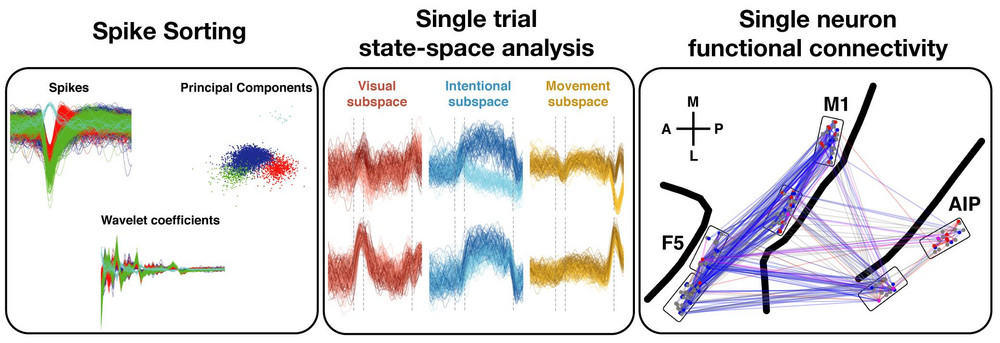Computer hardware for analysis and modelling of neuronal data from behaving primates
Recent developments of electrodes, recording systems and modern computers have enabled recordings and population analyses of more than 100 neurons in parallel. The availability of these large parallel recording datasets have strengthened the need for a validated analysis package for spiking data including cutting-edge analysis tools, which currently does not exist. In a collaboration between the Cognitive Neuroscience Laboratory and the Neurobiology Laboratory of the German Primate Center (DPZ), we have started developing and testing such analytical tools with the aim of providing an open-source analysis package for spiking data. Many of the emerging analyses require extensive computation power and ideally a processor and graphics card with large-scale parallel processing capabilities. With this Primate Cognition seed fund, we purchased and established an appropriate computer for this purpose and tested and optimized several analytical tools for parallel processing. The currently developed tools can be grouped into three categories (see figure): (1) semi-automatic spike sorting, allowing for sorting of data from more than 100 electrodes in a realistic amount of time, (2) modern single trial state space analyses, allowing extraction of underlying neuronal states from the high-dimensional neuronal population, and (3) single neuron functional connectivity analysis together with the required statistics for more than 100 parallel recorded neurons.
These tools will be made freely available once ready, and will allow researchers at and outside of the DPZ to have quick and easy access to modern validated analysis tools for parallel neuronal recordings, which is an essential requirement for addressing many modern research questions in the field of systems neurophysiology.




